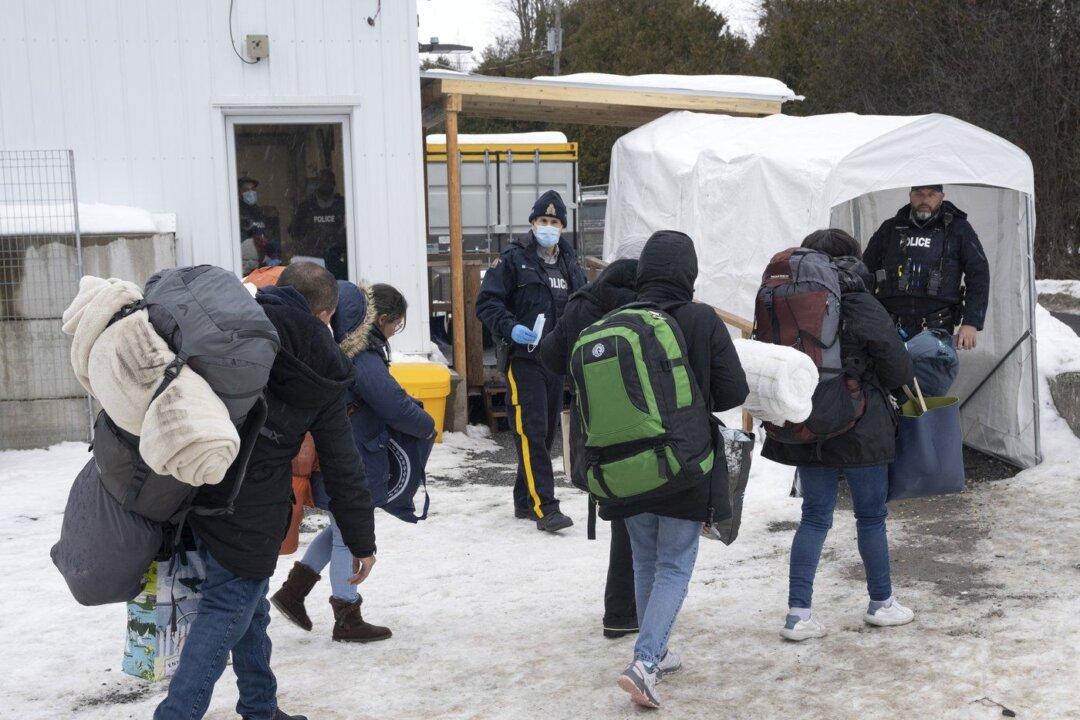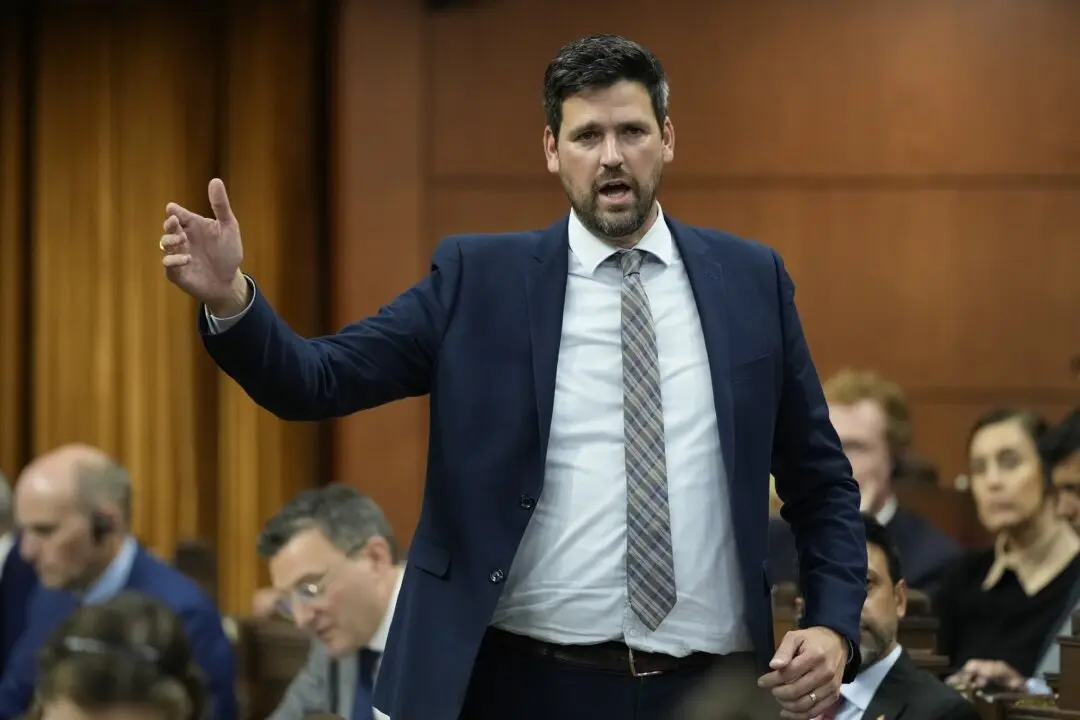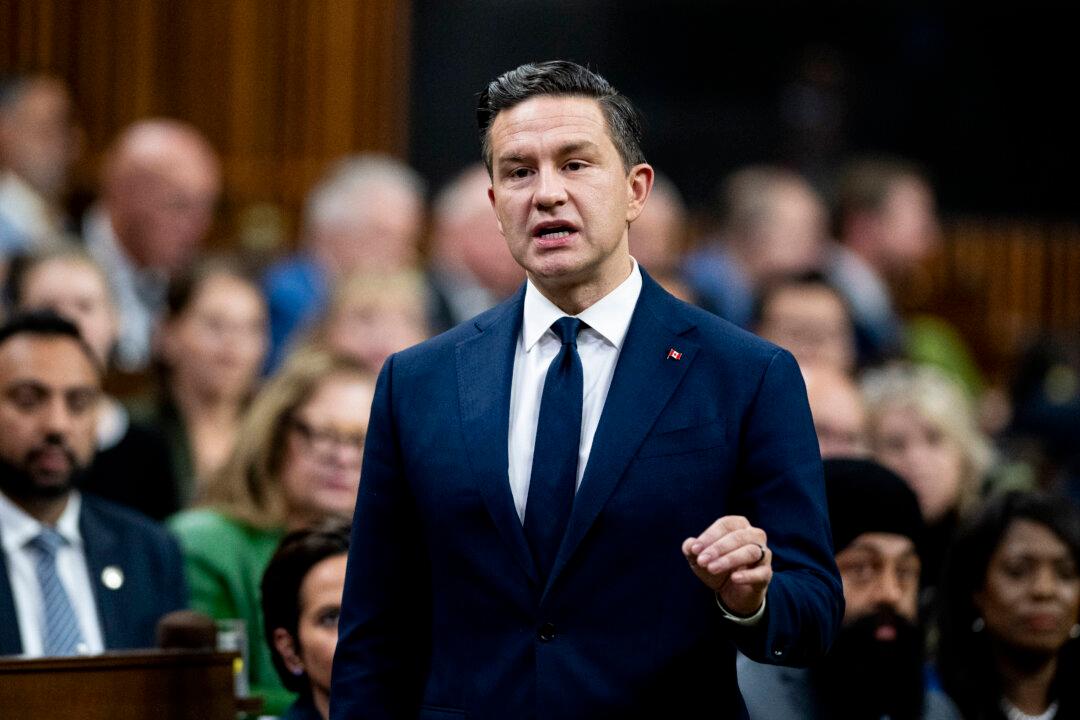Border intelligence agents informed the government last year that there’s increased illicit movement of people coming in and out of the country. The news comes as Canada works to bolster border security in the wake of the incoming U.S. administration’s threat to impose tariffs.
A 2023 intelligence document from the Canada Border Services Agency (CBSA) obtained by The Epoch Times says “clandestine entry into Canada has grown exponentially” since an agreement with the United States on asylum seekers was updated in 2023.





